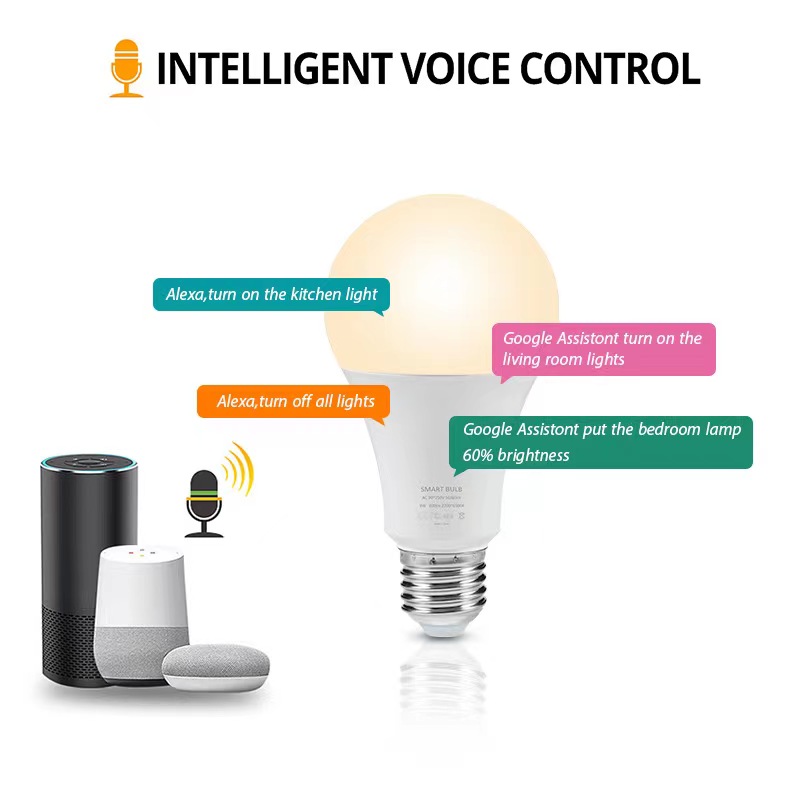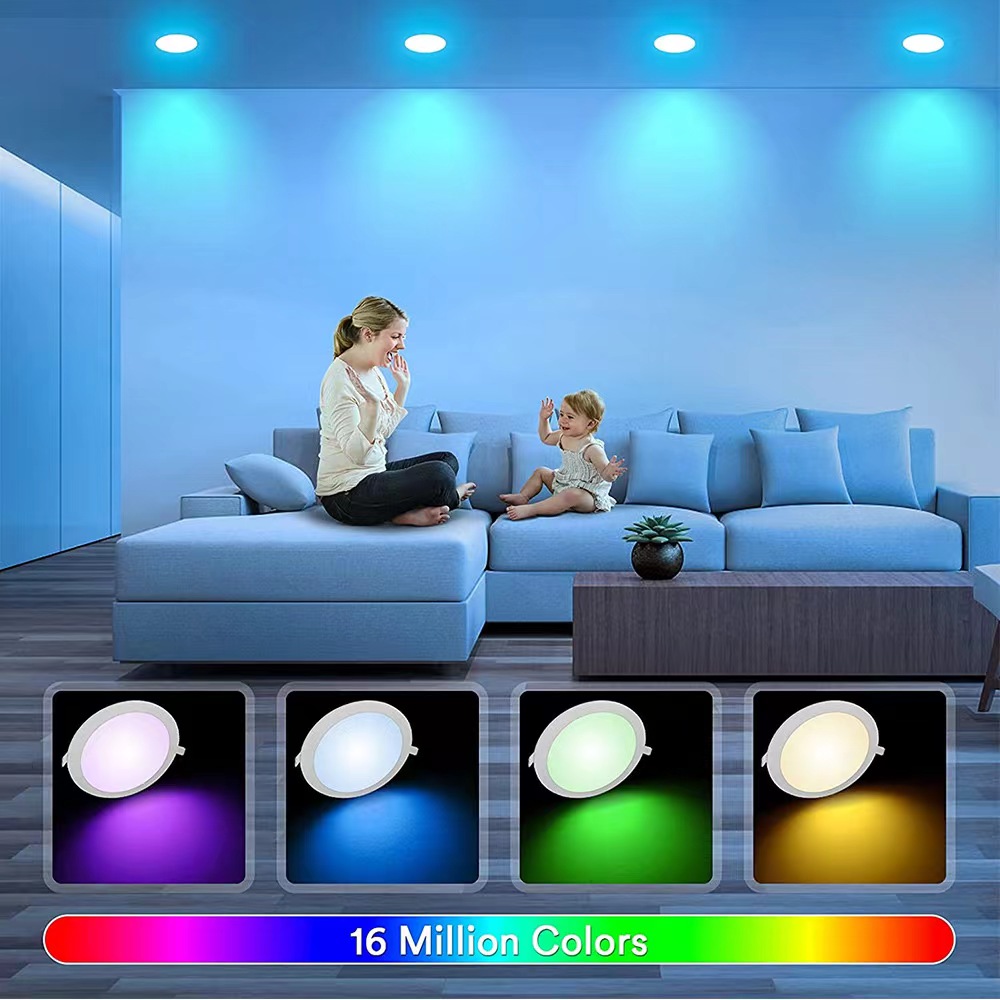In recent years, intelligent lighting has emerged as a significant advancement in the realm of smart home technology. Smart lights boast an array of superior features, including remote control, voice control, and intelligent scene setting, promising an enhanced living experience. However, they are not without their drawbacks, such as higher costs and susceptibility to network interference. This article delves into the pros and cons of smart lighting, assessing whether it represents meaningful progress or is simply a costly novelty.

One of the standout features of smart lights is their remote control capability. Users can effortlessly manage the lights' power, brightness, and color temperature via smartphones or other handheld devices. This convenience extends to controlling lights from virtually anywhere, whether you’re at home or away, providing unparalleled flexibility and ease of use.
Many smart lights are equipped with voice control functionality. By integrating with smart speakers or smartphones, users can adjust the lights' settings using simple voice commands. This hands-free approach adds a layer of convenience, particularly useful when your hands are full or you're entering a room.
Smart lights can be programmed for various scene modes, such as movie watching, dining, or reading. These modes can be activated through smart devices or voice commands, tailoring the lighting to enhance the ambiance and experience of different activities. This level of customization allows users to create the perfect lighting environment for any occasion.
Equipped with LED light sources and intelligent control technology, smart lights are both energy-efficient and environmentally friendly. They consume less power and have a longer lifespan compared to traditional lighting solutions, making them a sustainable choice for eco-conscious consumers.
Smart lights can be synchronized with other smart home devices for seamless automation. For example, turning on a smart light could automatically close smart curtains, creating a cohesive and synchronized home environment. This integration enhances the overall functionality and convenience of smart homes.

The primary drawback of smart lights is their higher cost relative to traditional lighting options. The advanced technology and features embedded in smart lights come at a premium, which may deter budget-conscious consumers from adopting them.
Smart lights rely heavily on stable network connections. Any instability in the network can affect their performance, leading to delays or failures in executing commands. This dependency on network conditions can be a significant limitation, particularly in areas with poor connectivity.
As with any connected device, smart lights are vulnerable to network security risks. Without proper security certifications or in the presence of insecure home networks, there is a potential risk of hacking. This vulnerability underscores the importance of robust security measures for smart home devices.
While smart lights offer numerous benefits, their user experience is not yet flawless. Issues such as high brightness demands and uneven lighting distribution are still prevalent. Continuous advancements are necessary to refine the technology and address these shortcomings to enhance user satisfaction.

Smart lights are undoubtedly a pivotal component of smart homes, offering convenience and intelligent control. However, their practicality is currently marred by issues such as high costs, network dependence, and security concerns. The smart home industry is still in its nascent stages, and smart lighting technology needs to evolve further to improve stability and user experience comprehensively.
In conclusion, while intelligent lighting represents significant progress in home automation, it is not without its challenges. For smart lights to transition from being seen as a luxurious addition to an essential household feature, ongoing improvements are necessary. With continuous innovation and enhancement, the future of smart lighting holds promise, potentially transforming it from a perceived white elephant into a staple of modern living.

Contact: Miss.Peng
Phone: 13925312260
E-mail: sales@pj-led.com
Whatsapp:0086-13925312260
Add: 5F Block A No.14 North Zhi'An Road Jun'An Town Shunde Foshan Guangdong province